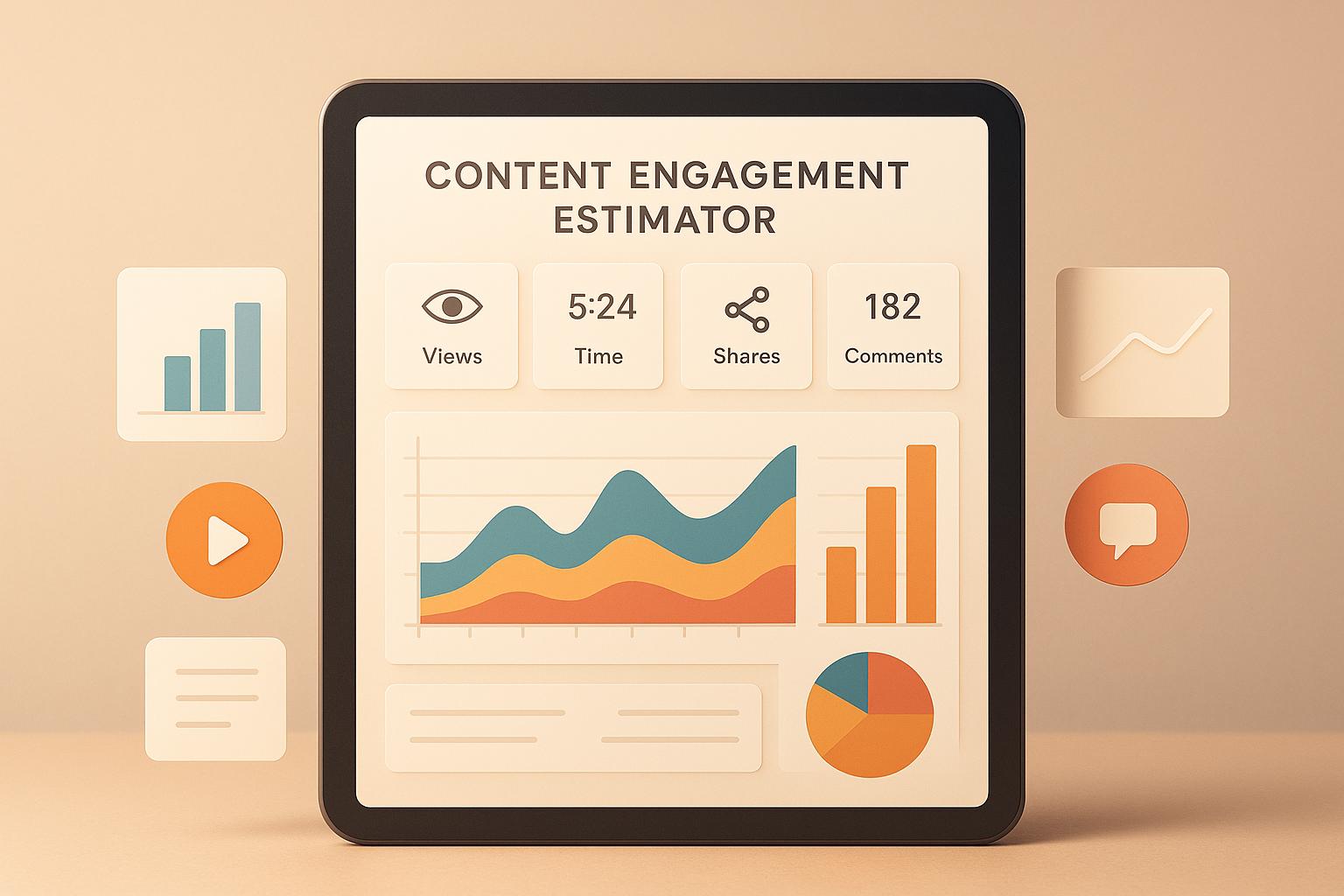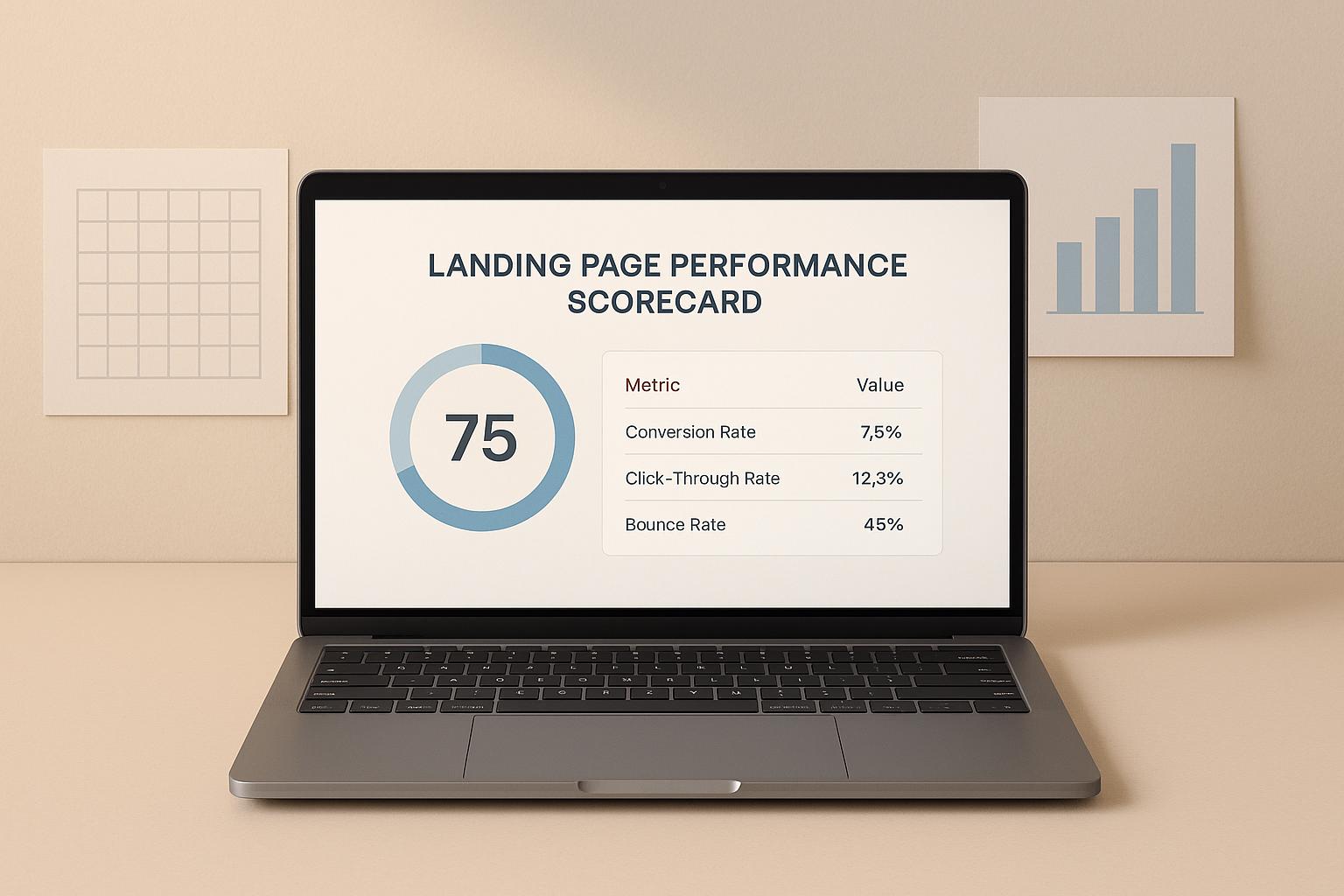

Multivariate Testing to Optimize Website Performance

Multivariate Testing to Optimize Website Performance
 09-02-2025 (Last modified: 27-06-2025)
09-02-2025 (Last modified: 27-06-2025)
If you’re looking to enhance your website’s performance and user experience, A/B testing isn’t your only option… Multivariate testing is a more advanced method that allows businesses to test multiple elements on a page simultaneously, providing deeper insights into user behavior and content effectiveness.
Don’t worry if that sounds a bit much to navigate – we’ll explain multivariate testing, how it works, its benefits, and why it’s essential for website optimization and digital marketing. Whether you’re new to testing, want to progress from your A/B Tests, or you’re looking to refine your strategy, this article will give you the knowledge to make data-driven decisions – and that’s what we’re all about!
What is Multivariate Testing?
Multivariate testing (MVT) is an advanced experimentation method that allows you to test multiple variables at once to determine how they interact and influence user behavior. Unlike A/B testing, which compares two versions of a single element, multivariate testing examines multiple changes simultaneously.

For example, if you’re testing a landing page, you might experiment with:
- Headline: “Boost Your Savings” vs. “Save More Today”
- CTA Button Color: Green vs. Blue
- Hero Image: Product Image vs. Lifestyle Image
Rather than testing each element separately (as in A/B testing), multivariate testing creates every possible combination of these changes and measures which combination yields the best results.
How Does Multivariate Testing Work?
Multivariate testing follows a structured approach:
1. Identify Key Elements to Test
Choose multiple elements on a webpage, such as:
- Headlines
- CTA buttons
- Images
- Layout variations
- Form placements
2. Generate Variations
Each element should have at least two variations. The number of total combinations is calculated by multiplying the number of variations for each element.
For example, if testing:
- 2 Headlines
- 2 CTA Colors
- 2 Hero Images
You would generate 2×2×2 = 8 different page variations.
3. Split Traffic Evenly
Your website visitors are randomly assigned to different variations to ensure an unbiased test.
4. Measure Performance
Metrics like conversion rates, engagement time, and bounce rates determine which variation delivers the best results.
5. Implement the Best-Performing Variation
Once statistical significance is reached, simply apply the winning combination to improve performance – job done!
For more on how testing works, check out our A/B Testing Guide to understand the foundational concepts.

Benefits of Multivariate Testing
1. Comprehensive Insights into User Behavior
Multivariate testing doesn’t just tell you which element works – it tells you how elements interact with one another. This allows for more refined optimization.
2. More Efficient Than Sequential A/B Testing
Instead of running separate A/B tests for each element, multivariate testing analyzes multiple elements in one test, saving time and effort.
3. Optimized User Experience
By identifying the most effective combination of elements, you create a seamless, engaging user experience that leads to higher engagement and conversions.
4. Higher Conversion Rates
Since you’re testing multiple factors simultaneously, you can pinpoint the best-performing page structure, improving your conversion rates significantly.
5. Data-Driven Decision-Making
Multivariate testing removes guesswork from optimization, allowing you to make informed decisions based on actual user behavior.
Multivariate Testing vs. A/B Testing
While both testing methods serve to improve website performance, they differ in scope and complexity.
| Feature | Multivariate Testing | A/B Testing |
|---|---|---|
| Purpose | Tests multiple elements simultaneously | Tests a single variable at a time |
| Combinations Tested | Multiple variations across elements | One change per test |
| Traffic Requirement | Higher due to multiple variations | Lower since only two versions are tested |
| Best For | Complex pages with multiple elements affecting conversion | Simple, focused changes like headlines or CTA buttons |
If you’re unsure whether A/B testing or multivariate testing is right for you, check out our guide on A/B Testing Results to understand how A/B tests provide insights into individual elements.
Best Practices for Multivariate Testing
To get the most out of multivariate testing, we’ve set out our best practices:
1. Ensure Sufficient Traffic
Multivariate testing requires a significant amount of traffic since you’re splitting visitors across multiple combinations. If your website has low traffic, A/B testing may be a better option.
2. Focus on High-Impact Elements
Prioritize testing elements that have the most influence on user behavior, such as headlines, CTAs, and form placements.
3. Use a Reliable Multivariate Testing Tool
There are several tools that make running multivariate tests easier:
- PageTest.ai – AI-powered optimization for websites
- Optimizely – Enterprise-grade testing solutions
- VWO – Visual testing and behavior analytics
- Adobe Target – Personalized testing and targeting
4. Allow Enough Time for Statistical Significance
Stopping a test too early can lead to unreliable conclusions. Use statistical significance calculators to determine when you have enough data.
5. Monitor Secondary Metrics
While conversions may be your primary goal, keep an eye on bounce rates, session duration, and engagement levels to ensure a holistic improvement.
6. Document and Iterate
Keep records of what you test, why, and the results. This allows you to build a data-driven optimization strategy over time.

Common Mistakes to Avoid
Even experienced marketers can make mistakes when running multivariate tests. Here’s what to watch out for:
1. Testing Too Many Variables at Once
The more elements you test, the more traffic you need. If your site doesn’t have enough visitors, stick to a few high-impact variables.
2. Ignoring Mobile vs. Desktop Differences
User behavior varies between devices. Always segment data to see if mobile and desktop users react differently to your changes.
3. Drawing Conclusions Too Soon
Just because a variation looks like a winner early on doesn’t mean it’s statistically valid. Wait for enough data before making a decision.
4. Overlooking Seasonal Trends
Running a test during a holiday sale or special promotion might not reflect normal user behavior. Consider running tests across different time periods.
Final Thoughts: Is It Right for You?
If your goal is to optimize multiple elements of your website simultaneously and gain deep insights into user behavior, multivariate testing is an excellent strategy. While it requires more traffic and complexity than A/B testing, the benefits in conversion optimization, UX improvements, and data-driven decision-making make it worth the effort.
By following best practices, choosing the right testing tools, and analyzing results effectively, businesses can refine their digital experiences and maximize performance.
Ready to test smarter? Start using multivariate testing today and unlock new levels of website optimization!
Multivariate Testing FAQs
What is multivariate testing in simple terms?
Multivariate testing lets you test multiple changes on a webpage at once—like different headlines, images, and buttons—to see which combo performs best. Instead of testing one thing at a time (like in A/B testing), you test all combinations in one go.
How is multivariate testing different from A/B testing?
A/B testing compares two versions of a page with a single change. Multivariate testing checks multiple elements at once and how they interact. It’s like A/B testing on steroids—more data, more insight, but it also needs more traffic.
When should I use multivariate testing over A/B testing?
Use multivariate testing when you want to optimize several page elements at once and have enough traffic to split across combinations. A/B testing is better for quick, focused changes when traffic is limited.
How much traffic do I need for multivariate testing?
It depends on how many variations you’re testing. More variations = more traffic needed. As a general rule, the more elements and combinations you include, the more visitors you’ll need to reach statistical significance.
What are the benefits of multivariate testing?
You get deeper insights into how design elements work together, a faster path to optimized combinations, and a better understanding of what actually drives conversions. It’s efficient, comprehensive, and data-driven.
What tools can I use for multivariate testing?
Top tools include:
-
PageTest.ai – AI-powered and user-friendly
-
Optimizely – Great for enterprise testing
-
VWO – Combines testing with behavioral analytics
-
Adobe Target – Ideal for personalized experiences
Can I run multivariate tests on mobile and desktop separately?
Absolutely—and you should. User behavior often differs by device, so segment your data to see what works best for each group.
What’s the biggest mistake to avoid in multivariate testing?
Trying to test too many things at once without enough traffic. Start with a few high-impact variables, let your test run long enough, and don’t jump to conclusions before hitting statistical significance.
say hello to easy Content Testing
try PageTest.AI tool for free
Start making the most of your websites traffic and optimize your content and CTAs.
Related Posts

 16-12-2025
16-12-2025
 Ian Naylor
Ian Naylor
Content Engagement Estimator
Discover how engaging your content is with our free estimator tool. Input views, time spent, shares, and comments to get your score now!

 15-12-2025
15-12-2025
 Ian Naylor
Ian Naylor
Landing Page Performance Scorecard
Evaluate your landing page with our free scorecard tool! Input metrics like visitors and bounce rate to get a detailed performance score.

 13-12-2025
13-12-2025
 Becky Halls
Becky Halls
The Biggest Marketing Shifts Coming in 2026: What Actually Matters Now
2026 isn’t bringing “the future of marketing.” It’s bringing the correction. The dust is finally settling after years of AI noise, platform changes, and search unpredictability. And we’re now seeing what actually sticks, and the shifts that will shape how marketing teams operate for the next decade… These aren’t trends for trends’ sake. They’re structural […]
